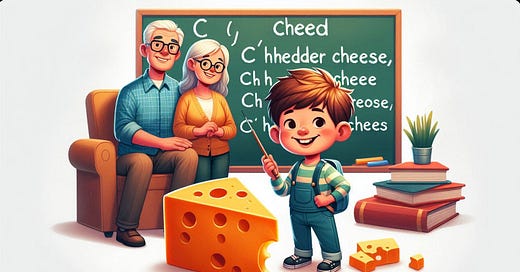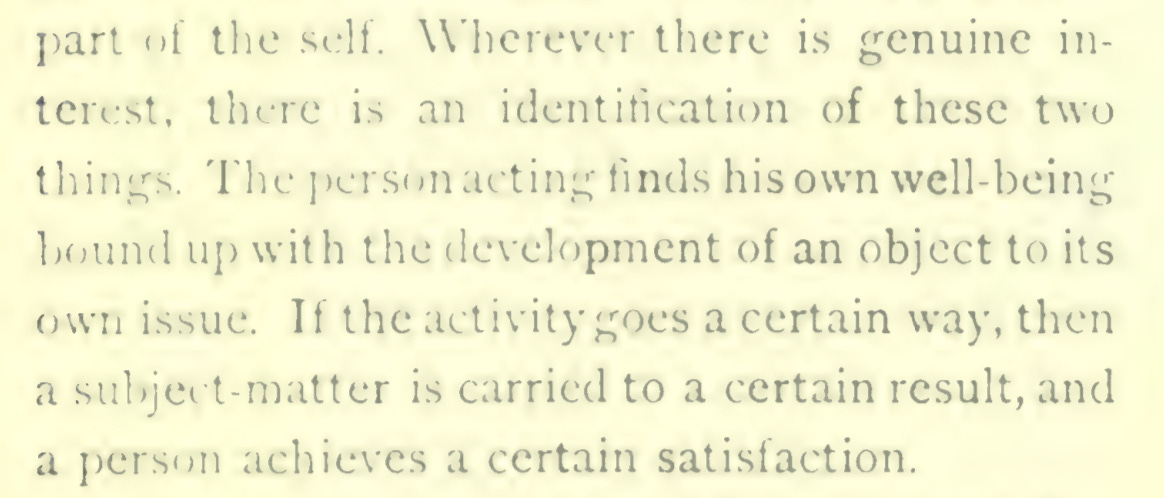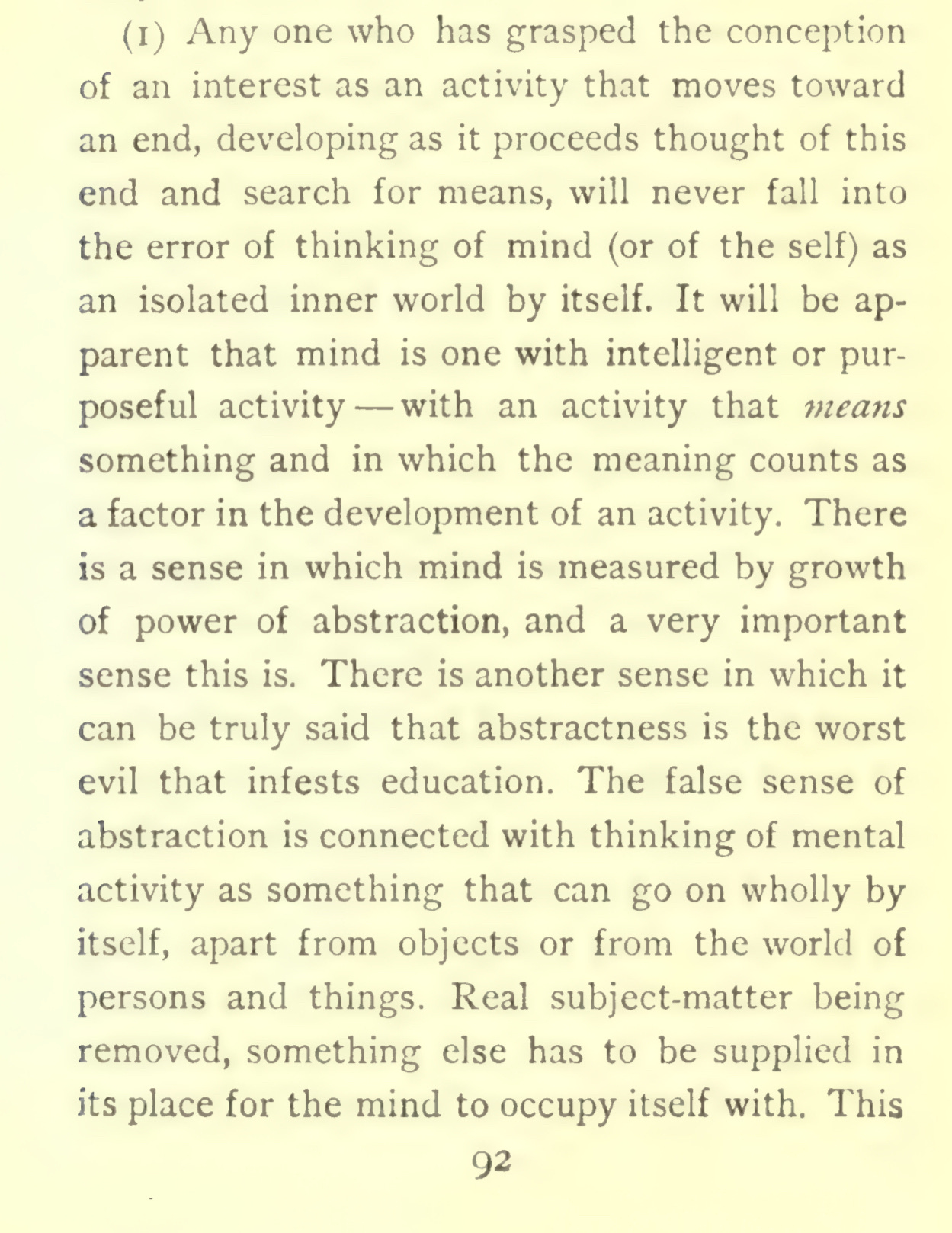“The parent and the attendance officer, reinforced by the police power of the state, can guarantee only one thing— the physical presence of the Child at school. It is left to the teacher to insure his mental attendance by a sound appeal to his active interests. A child‘s Character, knowledge, and skill are not reconstructed by sitting in a room where events happen . Events must happen in a way to bring a full and interested response. It is altogether possible for the child to be present physically, yet absent mentally” (John Dewey, 1913, Interest and Effort in Education, Editor’s Introduction, p.viii).
How many teachers take daily attendance? In California, failure to take and submit your attendance roster is a serious infraction—and for good reason. First, as Dewey obliquely implied 110 years ago, parents need to know where children are for safety, and teachers must satisfy that need. The police power of the state to guarantee attendance is another matter, but attendance data must be reported for schools to receive funds. It is reasonable to me that a State which taxes everyone to pay for children to go to school has a legitimate claim to know children are attending—physically. But it becomes untenable if schools are simply testing stations to determine who makes the grade and washes its hands of those learners who did not respond well to instruction.
Has anyone in the policy or administrative realm shown any interest in knowing whether children are mentally present? Does Smarter Balance have a formative assessment strategy for motive, interest, effort? Do teachers have strategies to ascertain mental presence? Is it an unreasonable ask? What would such a thing look like?
In my experience with the current factory setup, the question becomes less and less relevant as children age. Learners acclimate to disinterestedness and either play the game well enough or fail. On the other hand, “What did you do in school today?” from the mouth of a parent could be construed as an attempt to monitor mental attendance. The problem is it’s too late. The day is over. Children quickly learn the pro forma nature of the question. Here is a fictional dialogue to illustrate:
“So, Alejandro, what did you do in school today?” asked Father.
“I learned the three sounds /ch/ makes,” Alejandro replied.
“Oh, great!” Father said.
“What are the three sounds?” asked Mother.
“I can’t remember. It doesn’t matter, though. It’s not on the test.” Alejandro scratched his head. At eight years old he had accumulated all Satisfactories on his report cards. No reason to worry about him. No reason at all.
“No biggy, eh? If it’s not on the test, let it rest,” Father says. “Norma, do we have more cheddar cheese to chomp on?”
“Sure, honey. Let me get it for you.”
A month passes.
“So how was school today?” Norma asked “Did you learn anything interesting or important?”
“Jimmy is going into Special Education. I learned that today.”
“Why? He’s such a sweet boy.”
“I’m glad it wasn’t me. Those kids have to stay in their own playground at recess.”
*****
The curriculum in 1913 followed in public schools was largely focused on reading, writing, and arithmetic. Other subjects, such as history, geography, and civics, were taught, but with less emphasis. The curriculum was allegedly more standardized than today and did not vary much across schools or regions. Interestingly enough, I’ve been reading that schools right now today are considering implementing Siegfried Englemann’s phonics program, which the publishers recommend for schoolwide implementation in order to have maximum effect. Every teacher at every grade level would be following a script at exactly the same time. Even the teachers need not be mentally present.
Lectures, recitations, and drills were common teaching methods, and teachers expected students to memorize and recite information. Textbooks played a central role in instruction, serving as the primary source of information beyond lecture. The McGuffey Readers, a series of textbooks that focused on reading, spelling, and moral education, were widely used during this period.
Students were typically grouped by age and grade level, with all students in a particular grade learning the same material at the same pace. Class sizes were large, and one teacher was responsible for teaching groups of age-alike learners who could not be taught according to their needs as in the days of the one-room schoolhouse.
Strict discipline and moral education were important aspects of schooling in 1913. Students were expected to be obedient, respectful, and well-behaved, and corporal punishment was very common. Despite emerging laws and dawning awareness of the role public schools would play in constructing a workforce, public education was not universally accessible. Children in poverty or in rural areas did not attend school regularly, and the police state turned a blind eye.
Progressives like Dewey understood that racially segregated schools with separate schools for white and African American children was hardly a model for moral education. The early 20th century saw a growing interest in vocational education, with some schools beginning to offer training in agriculture, industrial arts, and home economics. The seeds of the Common Core State Standards were planted around 1913.
*****
Dewey devoted an entire chapter (Chaper IV) to a thorough analysis of the nature of interest in educational settings, recognizing interest in learning as distinct from interest in, say, making money or winning a competition. He insisted that interest is not one simple thing. Activity, he argued, was viewed as essential in learning according to the greatest theoretical lights of the time, but mindless, repetitive, purposeless activity (what we used to call “seat work or busy work”) was not synonymous with educative activity. Looking over a classroom with children sitting silently, heads bowed over a worksheet, we might easily mistake simulated interest with real learning. Remember the three sounds of ch-? The proof is locked away in each individual learner’s thoughts, and it takes work on the part of a teacher to get at it. AI can’t do this sort of work.
Two things were required for genuine learning to occur, according to Dewey. A well-equipped teacher with subject matter knowledge, appropriate materials and supplies, and access to spaces that support activities could not be dispensed with. As a highly educated individual, teachers were not dispensers of knowledge. Instead, their expertise was in designing and implementing activities that sparked interest in children, particularly concerned with the body and movement involving younger learners (cf: Zoo Phonics). Without interest and the effort that follows, there could be no learning. Obviously, the second thing required for learning in addition to the teacher—the thing that you can’t demand nor buy nor cajole nor bribe nor assume—is the internal drive to make knowledge:
*****
I’d read Dewey during my reading specialist program just before I transitioned from teaching community college to teaching elementary school in 1986.:In my fourth grade classes, three instructional moves I made specifically in response to Dewey’s challenge to teachers convinced me of the potency of interest as a non-negotiable of teaching—taking roll, acting on evidence of physical presence, and inviting mental presence. First, in Writing Workshop, every day I took a Status of the Class, a kind of roll call for mental presence. My writers announced publicly what they would be working on during the writing period. Second, providing choices of activities, especially textual activities, sparked interest in all but the most distraught or checked-out learners for whom I would enlist our full time school counselor. Wherever possible, I worked to hone and design options and choices and then studied what happened, reflecting on my practices with the best empirical evidence available, my kids.
Third, I devised a standing assignment bridging home and school. Two times each week, the homework assignment engaged students in talking with someone at home, someone they lived with or visited, about a topic the class would be studying. Students were assigned to bring back a piece of writing they did the night before summarizing and commenting on the talk with the other. For example, we would be reading a passage about the Napa Valley in social studies (fourth grade focuses on California history). I assigned the task “find out from a neighbor or family member what they know about Napa, a city between Sacramento and San Francisco” as a PreReading activity. Social studies was a rich source of sparking interest—kids were interested in California, especially when they discovered how much their elders knew about it. It wasn’t just dry memory work.
I’ve written before in ltRRtl about my favorite piece of writing from this standing assignment. A girl named Mina, whom I didn’t need to light a fire under to spark interest, returned from a discussion with her grandfather. We were beginning a unit on measurement in math class. My directions were open ended: Find out some things about how people make use of measurements in ordinary life. We always talked about these writings in a circle, going around the circumference, and I heard stuff about getting a new suit or dress for a wedding, buying fresh fruits and vegetables, etc. But Mina’s grandfather had recently gotten false teeth, and they hurt his gums. He had to be remeasured, the plates remade, before they settled comfortably in his mouth.
*****
I leave you with these thoughts from Dewey near the end of his monograph. I’ve included a url with a link to the pdf. It’s one of those texts that sticks with you once you’ve read it even without poring over it, though it repays diligently mastering its core ideas. I’ve had so many discussions with teachers over the years who insist that without grades, without task-masters, learning would grind to a halt. In my view, this conclusion is impossible to refute when schools themselves embrace the factory as the only possible ontology of schools.
My question: What would schools look like if teachers saw their primary task as sparking interest rather than measuring and grading achievement?






This is a deeply insightful posting, which could be written only by an educator who reflects deeply, who possess significant experience working with children, and who has lots of knowledge from other educators like Dewey who also saw the fallacy of designing schools and learning experiences based on a linear factory model.